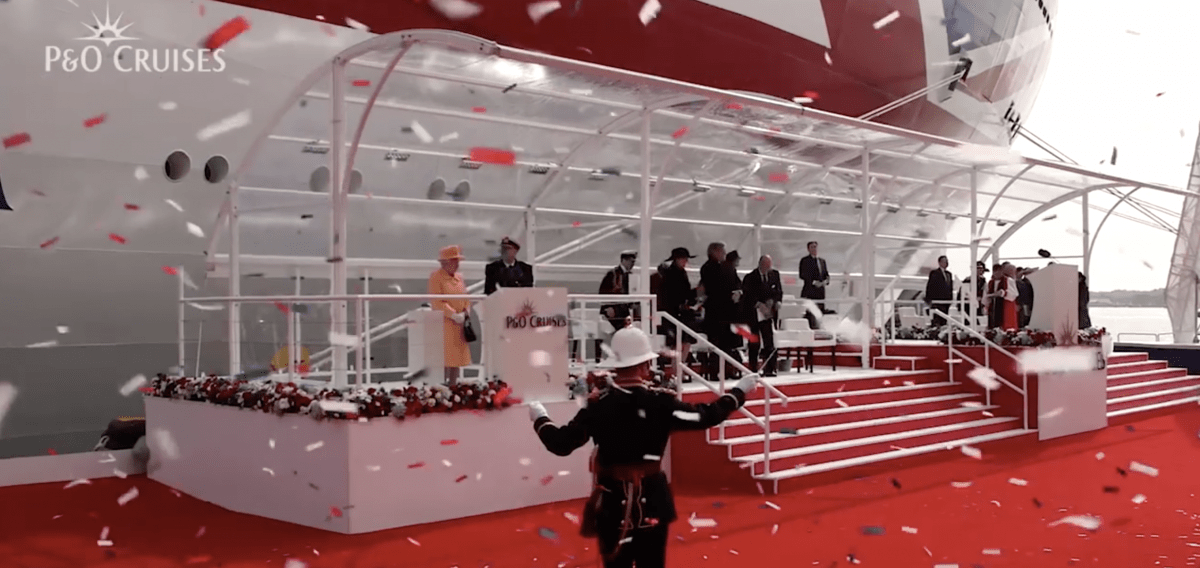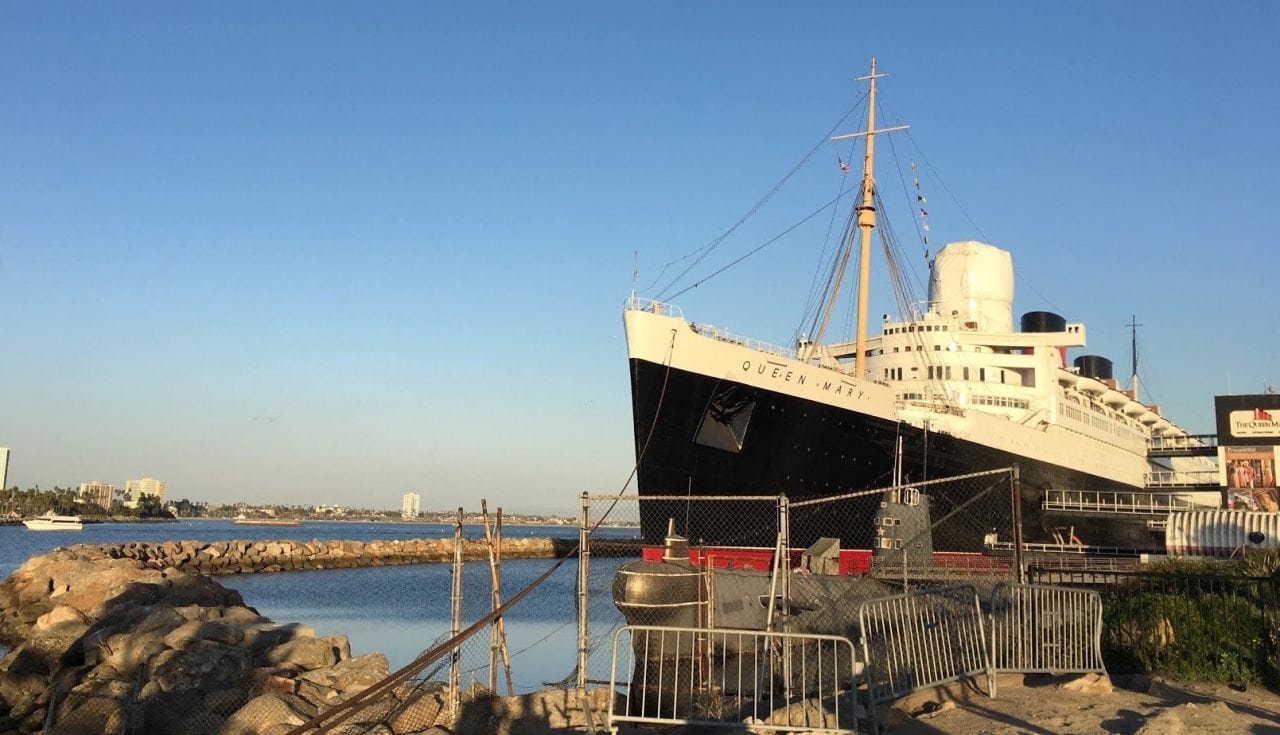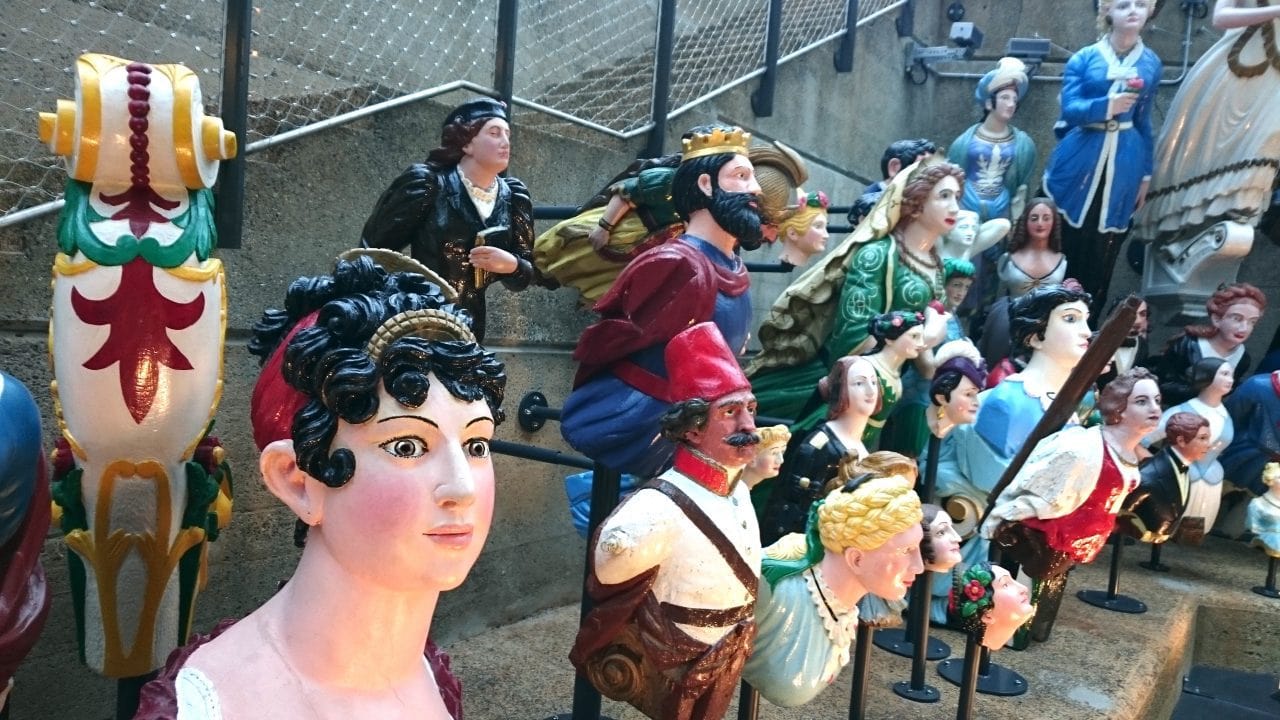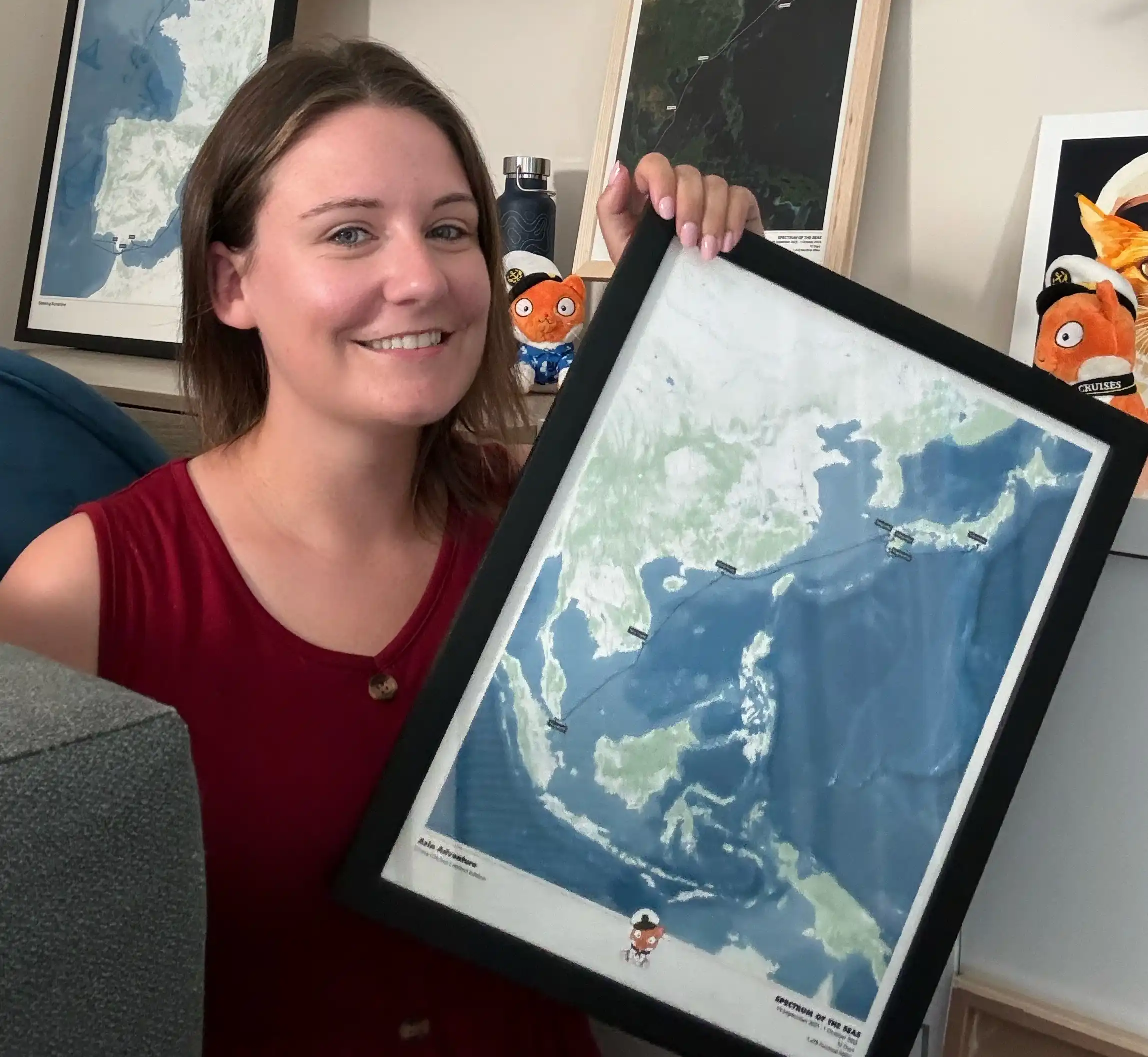If you’ve ever heard somebody talking about a ship you may have noticed that ships are almost always referred to with female pronouns. This is even true if the ship has a male name.
Referring to ships as she or her has been a tradition for centuries.
Why Are Ships Referred to as She?
It is generally accepted that ships are referred to as ‘she’ or ‘her’ due to language evolution from the Latin word for ship ‘Navis’ being feminine.
Another reason for the use of female pronouns is that ships are usually named after women and are often dedicated to goddesses who provide a protective role for the ship.
There are many other reasons that are given as to why ships are called ‘she’ or ‘her’. Many of these are designed to be humorous but don’t provide any real insight into the origins of the tradition.
The Latin Origins of The Word Ship
In Latin words are assigned gender in a similar way to many modern languages like French.
The word for ship in Latin is Navis or Naves.
In Latin, the word for ship is Feminine, and this is often cited as being one of the main reasons that ships are referred to with female pronounces.
| Latin | English | Gender |
| Navis or Naves | Ship | Feminine |
There is a problem with this argument, though.
In many modern languages like French, all items have gender but are not referred to with male or female pronouns.
In French, a table is feminine but would still be called ‘it’ not ‘she’ when mentioned in conversation.
The Greek word for ship was naûs. It is from naûs that we get words like nautical.
In some modern languages like Spanish, there are often different genders assigned to different types of ships.
The majority of ships in Spanish are assigned a male gender but are still traditionally referred to with female pronouns.
| Ship Type | Gender |
| Acorazado (Battleship) | Male |
| Velero (Sailing Ship) | Male and Female |
| Pesquero (Fishing Boat) | Male |
| Crucero (Cruise Ship) | Male |
It’s most likely to be a combination of this reason and others listed below.
Female Pronouns Are Often Used in Traditional Ceremonies
When new cruise ships are launched, they will have a ceremony called the “naming ceremony”.
The naming ceremony is designed to bring good fortune to the ship. It isn’t uncommon to hear this:
“God bless her, and all who sail on her”.
It is usually the ship’s godmother who blesses the ship. The naming ceremony also usually includes the smashing of a bottle of champagne on the hull of the ship.
The photo below shows Queen Elizabeth II naming P&O cruises Britannia.

The Gendering of Ships Extends Beyond Pronouns
Referring to ships as ‘she’ isn’t the only way that ships are gendered.
Cruise ships are often described as having “sister ships”. A sister ship is a ship built to the same or a very similar design.
The majority of cruise lines will have sister ships, which make up what is called a class of ship.
Below are examples of Royal Caribbean’s cruise ships, split by class. Each ship within the class is described as being a sister of the other ships.
- Freedom Class: Freedom of The Seas, Independence of The Seas, Liberty of The Seas.
- Quantum Class: Quantum of The Seas, Anthem of The Seas, Ovation of The Seas, Spectrum of The Seas, Odyssey of The Seas.
- Oasis Class: Oasis of The Seas, Allure of The Seas, Harmony of The Seas, Symphony of The Seas, Wonder of The Seas.
- Icon Class: Icon of the Seas, Star of the Seas – and two other ships yet to be completed and named
Another example of gendered words being used to describe ships is the “mothership”. This is used to describe a ship or craft that launches smaller ships of crafts from it.
There Are Some Ships Referred to as ‘He’
The German battleships the Bismarck and Admiral Scheer were often referred to as he.
Captain Ernst Lindemann was captain of the Bismarck and referred his ship as he. He said that this was because of the great power of the ship.
Despite this, many historians, when talking about the ship, still refer to the Bismarck as ‘she’.
More Ships Are Named After Women Than Men
There are indeed many ships named after men, but there are far more named after women.
Take the modern Cunard fleet, for example. Cunard has four ships called the Queen Victoria, Queen Mary 2, Queen Elizabeth and their new ship, Queen Anne.
One of the most famous Ocean Liners in the world was the Queen Mary, built in 1930.
Learn more about the Queen Mary, including why she’s apparently the most haunted ship in the world, in this post:
How Many People Died Onboard The Queen Mary? – Crew and Passenger List.

When talking about a ship with a traditionally female name it makes sense to many to use female pronouns.
It may be that, because the majority of sailors in history were male, ships were given female names more often.
It was, and still is, common for sailors to name their ships after their wives, mothers, or daughters.
Notably, Virgin Voyages have given all of their ships female names. They are called:
- Scarlet Lady
- Valiant Lady
- Brilliant Lady
- Resilient Lady
Many Believe That a Female Ship Would Provide a Protective Role
Traditionally, sailors would spend long periods of time at sea and would often become very attached to the ships that they sailed on.
It wasn’t uncommon for the sailors to speak affectionately of ‘their’ ship.
Many people believe that ships are given female pronouns because of the protective role that the ships provide.
Between the 16th and 20th centuries, it was common for a ship to have a figurehead on the front of the ship. These were usually beautiful women – and the figurehead was often described as protecting the ship and looking after those who sailed on her.
It’s worth noting that not all ships had female figureheads, some ship’s figureheads would depict males and some would be of things like unicorns, lions, or mermaids.

There Has Been Increasing Controversy Surrounding Calling Ships ‘She’
In recent years, there has been an increase in controversy surrounding the tradition of using female pronouns when talking about ships.
A museum in Scotland had many signs vandalised -the vandal had crossed out the word “she” on each sign.
When the signs were replaced by the museum, the word ‘she’ was replaced with it. The museum says that all new signage will refer to the ships as ‘it’ instead of she.
The museum states that the change wasn’t due to the vandalism but a language change.
Many other museums and people have decided to no longer refer to ships as she.
Lloyd’s Register (Maritime Classification Society) decided to stop referring to ships as she did in 2002.
The Royal Navy continues to refer to ships as she and says that they will continue to do so.
The Myths Surrounding Why Ships Have a Female Gender
If you ask many people why ships have a female gender you’ll probably receive some of the below responses.
These responses are much of what has caused the controversy mentioned above.
Reasons I have heard include:
- “It costs a lot to keep a ship in powder and paint – like a women”.
- “A ship is like a woman, unpredictable”.
- “Ships and women, they’re both high maintenance”.
Although I doubt the people who provide the above answers aren’t being intentionally misogynistic, there is no doubt that the above statements are offensive to many.
I doubt that any of these ‘reasons’ truly played a part in the language we use today.
What Really Shaped Our Language?
In reality, it is likely that ships are given a female gender due to a combination of the evolution of language and the personal preferences of sailors.
Through tradition, referring to ships by female pronouns has remained consistent for centuries. Despite the recent controversy, the tradition will likely continue for years to come.
Before You Go
Find out why one of my favourite ship features are being phased out here:
My Favourite Cruise Ship Design Feature Isn’t Being Built Anymore – Here’s Why
Find out what cruise lines really spend your cruise fare on in the article below:
This is What Cruise Lines Spend Your Cruise Fare on (Real Breakdown)

Free Insiders Cruise Line Guide
Ever wondered how the mainstream cruise lines compare? Cruise lines won’t tell you this, but I will.
This FREE guide shows you everything you need to know to find your perfect cruise line.
Whenever I take a cruise I order a print of my trip. It uses the real satellite data from the cruise and is always a great conversation starter!
I'm building an impressive collection...
Code EMMACRUISES will get you 10% off

